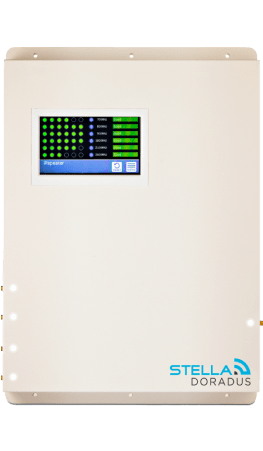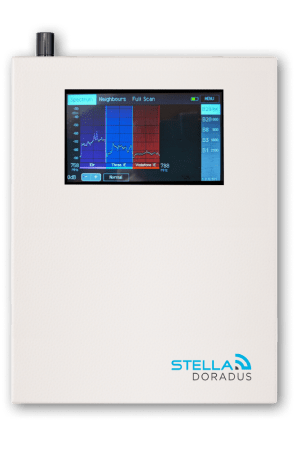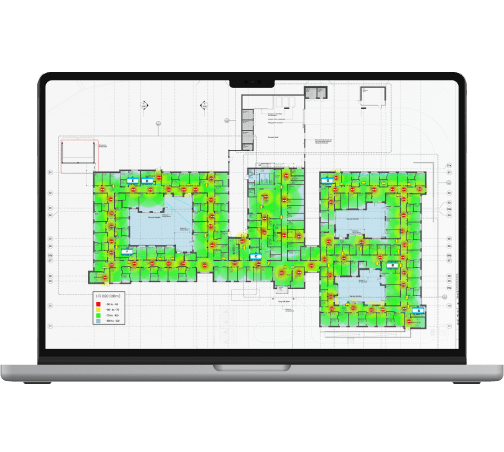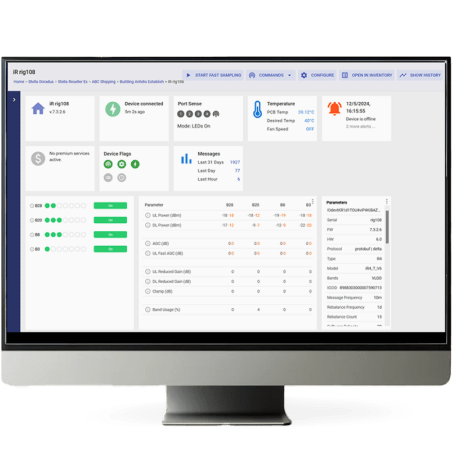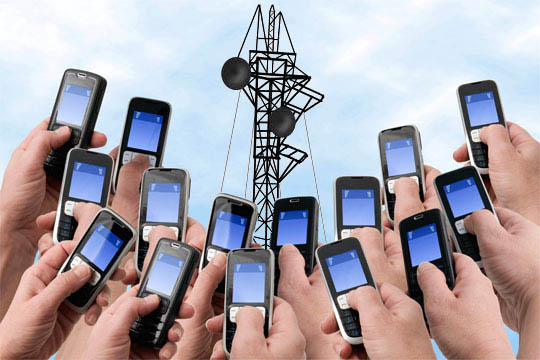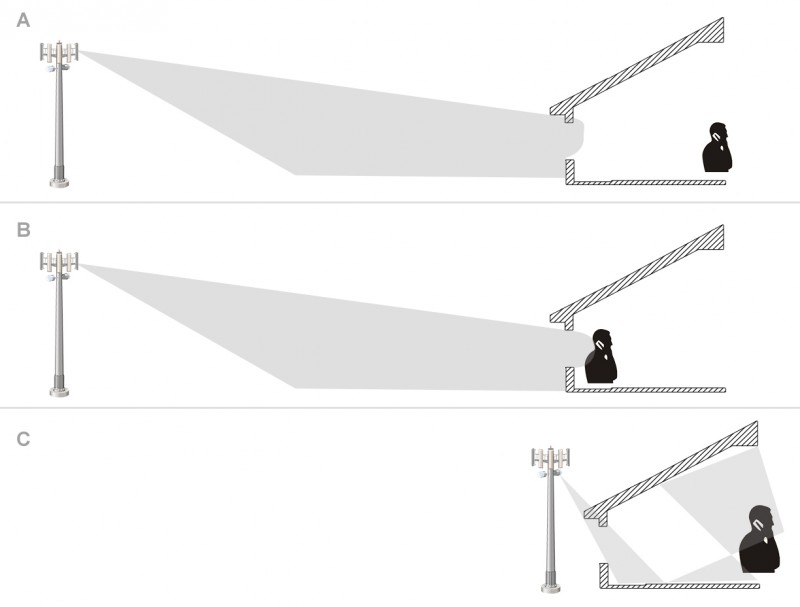It’s happened to all of us: the time when you need signal the most is the time you lose your connection. This could be during important calls, whilst browsing the web, or whilst streaming your favourite shows. Sometimes, just entering a certain area of a building can cause signal to be lost. In other scenarios, entire streets or even towns may fall victim to poor quality signal, with these areas being seemingly ignored by mobile operators.
As a result of these issues, we set out an investigation to understand the reasons why we lose signal, and why it’s still possible to have a poor quality connection in the city; an area that is always thought to have the best signal coverage possible. Our investigation covered a range of problems, and we have presented the best solutions for each, all of which will allow you to achieve solid and reliable network coverage.
How does mobile phone signal work?
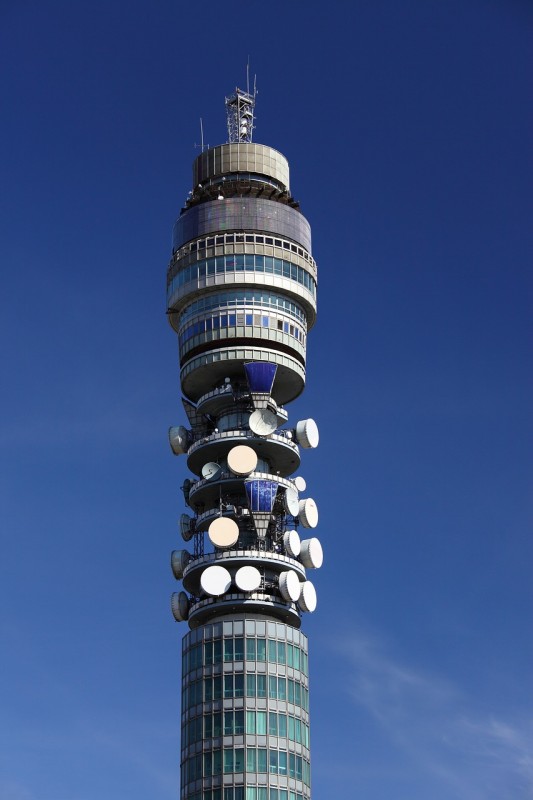
Mobile phones operate by transmitting and receiving radio waves which have a frequency between 800 MHz and 2600 MHz. These radio waves are sent to a transmitting station, which will broadcast this information to the telephone network.
Mobile phones continuously search for the nearest transmitting tower, as this will provide the strongest operator signal. Mobile operators can only broadcast on certain frequencies and the right to broadcast on these frequencies is purchased by mobile networks from Ofcom(UK communications regulator). In theory, this should work great, but it does also have its flaws. Essentially, this process means that the company with most financial clout stands the best chance of securing the best signal for their customers. This helps explain why in the UK, the largest companies, such as EE and O2 have the best network coverage, whilst smaller networks like 3 are plagued by coverage issues. However, this is not the only issue that mobile operators have to contend with.
How do mobile operators establish a network to broadcast on?
When establishing a network, mobile operators face two major issues:
- Broadcasting antennas only have a limited range and the quality of signal that they emit depends on the terrain of the area.
- The signal cast from the main broadcasting station can only be used by a relatively small number of users.
To fix these issues, network operators cast the original signal from the main broadcasting stations to other locations by using broadcasting antennas. Antennas within cities tend to be smaller, with a lower broadcasting distance. As a result of this, more of them are installed around major urban areas. The largest antennas can usually be found outside of cities and large towns, as the signal from these towers needs to travel much further. The furthest distance an antenna can broadcast is 30 km, so this adds another issue for mobile networks to take into account when they are decided where to position their antennas.
As you can see, with all of these issues in play, it is no surprise that geography and location play a huge part in shaping the quality of mobile signal.
I live in the countryside and cannot get any signal
This is a common problem and it has an easy explanation. The area in which you live is probably too far away from the nearest broadcasting antenna, which causes a weak, patchy and unreliable signal to be received by your mobile phone.
In addition to this, if you live on mountainous terrain, or near the coast, the land itself may be interfering with the strength of signal. The frequency your mobile network broadcasts on will determine how far the signal is physically capable of travelling (the lower the wavelength used to broadcast on, the better). Lower frequencies can travel further and are better at propagation around objects such as land masses and buildings.
Most operators will have coverage maps on their website. These will tell you the exact areas that are known to suffer from poor network coverage. If you are looking to change network, it is best to check these maps beforehand, just to make sure that your location is capable of receiving a signal.
If you are in an area that receives signal, but a very weak one, you will benefit from the installation of a mobile phone repeater. Mobile phone repeaters amplify the weak signal, turning it into something stronger and altogether more useful. The amplified signal will allow you to use your mobile device for calls, texts and internet without any coverage issues.
Installing a mobile repeater is easy. An outdoor antenna is placed on the part of your property where signal is strongest, such by an upstairs window or roof. The signal that the antenna picks up is then amplified and distributed throughout your property.
I cannot get reception inside buildings
As previously mentioned, mobile phones use electromagnetic frequencies between 800 MHz and 2600 MHz. This may seem like a wide scope, but in reality, mobile phones actually only broadcast on 5 bands: 800MHz, 900MHz, 1800MHz, 2100MHz and 2600MHz. The lowest of these frequencies, 800MHz, is what the 4G protocol uses. This has greatly improved coverage across the UK, but as good as it is, for many, it’s not a viable solution.
Mobile phone networks are charging more for 4G services, which is far more advanced for what the majority of people use their phones for: texts and calls. For many, the 3G protocol will offer them everything they need; the trouble is that it’s not as good at travelling or propagating around objects as the 4G band is. This is why your phone will try to connect to the fastest and most reliable of these networks. It will always try to find a 4G connection first (presuming you are using a 4G compatible device), as this is the most reliable. Failing this, it will search for a 3G network, and then finally a 2G network, until the device has successfully found a connection that it can use.
Considering how ‘built up’ and developed British cities are, it is no surprise that many people lose signal as soon as they enter particular buildings. Modern cities are congested with tall buildings, which is an issue as they block mobile signal. The 800MHz and 900MHz networks (4G and GSM 3G) can travel long distances relatively well. However, their main weakness is propagation around urban environments.
Electromagnetic waves find it difficult to propagate through small spaces such as windows and doors.
- Signals can travel through long unobstructed distances no problem, but then find it difficult to pass through small apertures like windows and doors.
- By standing closer to the window, you will be able to receive the edge of the mobile signal
- Otherwise , to get the signal into your home, it would be necessary to bring the mobile tower right up to your window, but this is hardly a solution.
This is why mobile phones can connect to a network in the garden, or even right next to an upstairs window, but will lose connection inside the actual room itself. This can be fixed through the installation of a StellaHome (for smaller buildings and houses) or StellaOffice (for larger, multi-room complexes) device.
I cannot get signal in my car
Getting signal on the move can be tricky in certain areas. If you are driving through a location similar to what is mentioned above, then you will struggle to secure a network connection. This can be annoying, as you will be uncontactable for as long as you are driving through the area – this can be damaging for business, but also it can be unsafe as you will not be able to dial the emergency services should you be injured or in danger.
The upside to this scenario is that it can easily be fixed through the installation of a StellaDrive mobile repeater kit. The kit consists of a small box that fits under one of the front seats, and a small magnetic antenna that is placed on the roof of the vehicle. By using this simple device, dropped calls whilst driving will become a thing of the past.

I cannot get signal on my boat
This is an issue that frequent sailors will be well aware of. Getting a good, solid network connection whilst out on the water can be totally random. One day, you may get a few bars, the next, absolutely nothing. Depending on where broadcasting antennas are located on the mainland dictates the quality of coverage that you will be able to secure out at sea. If there is a broadcasting tower very close to the coast, you may be able to secure a usable network connection. However, more often than not, signal out at sea will be extremely weak.
Again, this issue is easily corrected through the use of mobile repeating technology. The installation of a StellaMarine mobile repeater kit will dramatically increase the quality of reception that you receive onboard your ship or boat. An antenna which can capture signal from a 30 km radius is used within the kit, which has a far greater range than a mobile phone. This is teamed with special indoor antennas which then distribute the signal from the outdoor antenna throughout the rest of the ship, resulting in a solid network connection that all of the passenger on board can use.



